TL;DR:
In 2025, Java remains a top choice for web app development due to its strong community, cloud-native support, AI integration, and performance. Choosing the right Java web application frameworks is crucial, as it can significantly impact scalability, efficiency, and long-term maintainability. Popular frameworks include:
- Spring Boot (enterprise, microservices),
- Hibernate (ORM/database),
- Apache Struts & Wicket (MVC and component-based UI),
- Google Web Toolkit (GWT) (Java to JavaScript for rich front-ends),
- Dropwizard (lightweight REST APIs),
- Play Framework (reactive, scalable apps),
- Vaadin (Java-centric rich UI apps),
- Blade (minimalist, fast microservices),
- Grails (rapid CRUD apps).
Introduction
In 2025, Java remains a powerful force in web application development. From enterprise giants to nimble startups, Java’s reliability, scalability, and compatibility make it a preferred choice for building everything from microservices to complex web portals. With the rise of cloud-native development, AI integrations, and serverless computing, Java frameworks have evolved rapidly. Let’s dive deep into the most popular Java web frameworks that developers and businesses are relying on this year.
Why Java Web Application Frameworks Still Matter in 2025
Despite the emergence of languages like Kotlin, Go, and Rust, choose Java development for next project as Java continues to dominate the backend ecosystem for several reasons
1. Robust Community and Ecosystem
Java has one of the largest and most active developer communities in the world. This ensures regular updates, extensive documentation, third-party tools, and peer support.
2. Cloud-Native Friendly
Modern frameworks like Quarkus, Spring Boot, and Micronaut are optimized for cloud deployments and container orchestration tools like Kubernetes and Docker.
3. Compatibility with AI & Data Tools
Java’s integration with machine learning libraries like Deeplearning4j, Apache Mahout, and support for data streaming with Apache Kafka ensures that Java apps are future-ready.
What Defines a “Popular” Java Framework in 2025?
In evaluating the most popular and widely adopted Java frameworks of 2025, we considered a blend of quantitative data, developer sentiment, and real-world performance. Here are the core criteria that define popularity in today’s rapidly evolving software ecosystem:
1. Developer Adoption & GitHub Stars
A framework’s traction among developers is a strong indicator of its relevance and longevity. We examined:
- GitHub metrics: Number of stars, forks, contributors, and commit frequency.
- Stack Overflow activity: Questions, tags, and upvotes indicating active discussion and problem-solving.
- Community involvement: Presence in conferences, meetups, Reddit threads, and online courses (Udemy, Coursera, etc.).
Frameworks with active communities tend to evolve faster, offer better documentation, and get quicker bug fixes—essential factors for modern development.
2. Real-World Use Cases & Industry Adoption
Popularity isn’t just about hype—it’s about usage in production. We reviewed:
- Case studies and enterprise usage across sectors like fintech, e-commerce, healthcare, and IoT.
- Job market demand, including the number of listings requiring a specific framework on platforms like LinkedIn and Indeed.
- Adoption by well-known companies or government projects as validation of stability and scalability.
Frameworks used in mission-critical systems often have proven architecture, reliability, and vendor support.
3. Ease of Integration with DevOps & CI/CD
Modern Java development lives within a DevOps lifecycle. We prioritized frameworks that:
- Support containerization (Docker, Podman) and orchestration (Kubernetes).
- Integrate well with CI/CD tools like Jenkins, GitLab CI, GitHub Actions, and ArgoCD.
- Provide build tool compatibility with Maven, Gradle, and custom scripts, minimizing pipeline friction.
A framework that simplifies automation, testing, and continuous delivery accelerates time-to-market.
4. Performance Benchmarks (Startup Time, Memory Usage)
With the rise of microservices and serverless, performance isn’t optional—it’s a core requirement. We evaluated:
- Cold-start times and runtime performance, especially for microservice bootstrapping.
- Memory efficiency, garbage collection impact, and resource consumption under load.
- Benchmarks from platforms like TechEmpower Framework Benchmarks and independent community tests.
Frameworks that deliver high throughput with minimal resource use offer a clear edge in cost-efficiency and scalability.
5. Cloud & Serverless Readiness
The move to cloud-native and event-driven systems has changed the game. Popular frameworks in 2025 are:
- Optimized for deployment on cloud platforms like AWS, Azure, GCP, and DigitalOcean.
- Compatible with serverless runtimes (e.g., AWS Lambda, Google Cloud Functions, Azure Functions).
- Able to run in lightweight containers, using technologies like GraalVM, CRaC (Coordinated Restore at Checkpoint), and Native Image compilation.
Cloud readiness ensures adaptability, while serverless support provides a path to zero-maintenance infrastructure.
6. Security & Compliance Capabilities
In an era of rising cyber threats and stricter regulations, frameworks must make it easier to build secure apps. We assessed:
- Built-in support for authentication and authorization (e.g., OAuth2, OpenID Connect, JWT, RBAC).
- Input validation, CSRF protection, HTTPS enforcement, and encryption mechanisms.
- Compatibility with industry standards (e.g., OWASP Top 10, GDPR, HIPAA) and auditability for compliance reporting.
Security should not be an afterthought—it should be part of the framework’s core architecture.
When evaluating frameworks, it’s crucial to understand the broader landscape of web development frameworks—from full-stack solutions to minimalist libraries—that shape how modern applications are built.
Top Java Web Application Frameworks in 2025
1. Spring Framework
Overview
Spring is arguably the most widely adopted Java framework, prized for its comprehensive ecosystem and flexibility. It supports building everything from small-scale REST APIs to complex, enterprise-grade microservices architectures.
Key Features
- Spring Boot: Simplifies setup with convention-over-configuration, embedded servers, and auto-configuration.
- Dependency Injection: Robust inversion of control (IoC) container that manages object lifecycle.
- Spring MVC: Powerful Model-View-Controller web framework for RESTful services and web applications.
- Security: Spring Security for comprehensive authentication and authorization.
- Cloud-Native Support: Integrations with Spring Cloud for distributed systems, service discovery, and configuration.
Typical Use Cases
- Enterprise microservices
- Cloud-native applications
- Web portals and REST APIs
Advantages
- Mature and well-documented with an active community.
- Rich ecosystem with projects like Spring Data, Spring Batch, and Spring Integration.
- Backward compatibility and modular design ease long-term maintenance.
2. Hibernate
Overview
Hibernate is the de facto standard for Object-Relational Mapping (ORM) in Java, simplifying database interactions by mapping Java classes to database tables.
Key Features
- HQL (Hibernate Query Language): Object-oriented query language that abstracts SQL.
- Automatic schema generation and updates.
- Caching: First and second-level caching to improve performance.
- Lazy loading and fetching strategies for optimized data retrieval.
Typical Use Cases
- Applications with complex relational databases
- Data-centric enterprise applications
Advantages
- Reduces boilerplate JDBC code.
- Supports multiple database vendors with minimal configuration changes.
- Improves productivity and maintainability through clear separation between domain and persistence logic.
3. Apache Struts
Overview
Apache Struts is a classic MVC framework known for its clear separation of concerns and powerful tag libraries for UI development.
Key Features
- Action-based MVC design: Simplifies request handling.
- Rich tag libraries: Simplifies UI component creation.
- AJAX support: Enables dynamic, responsive web interfaces.
- Plugin-based architecture: Easily extensible with third-party integrations.
Typical Use Cases
- Large-scale legacy web applications
- Projects requiring a structured MVC approach with XML configurations.
Advantages
- Mature framework with stable releases.
- Extensive documentation and active developer support.
- Simplifies handling form validation and input processing.
4. Apache Wicket
Overview
Wicket is a component-based Java web framework emphasizing ease of use by allowing developers to write pure Java for UI components, avoiding complex XML configurations.
Key Features
- POJO-centric: Uses plain Java objects for components.
- Separation of concerns: HTML markup is kept clean and separate from Java logic.
- Stateful UI components: Maintains component state transparently across requests.
- Ajax support: Provides powerful AJAX integration for dynamic content.
Typical Use Cases
- Applications needing fine-grained UI control.
- Enterprise apps require maintainability with clear separation between presentation and logic.
Advantages
- Lightweight and easy to learn.
- Avoids complexity of XML configuration files.
- Supports a clean, maintainable component-based design.
5. Google Web Toolkit (GWT)
Overview
GWT allows developers to write client-side Java code that compiles into optimized JavaScript, enabling the creation of complex browser-based applications without directly coding JavaScript.
Key Features
- Java-to-JavaScript compiler: Automatic generation of browser-compatible JavaScript.
- Rich widget library: For building interactive UIs.
- Cross-browser compatibility: Handles browser quirks under the hood.
- Integrated debugging tools: Debug client-side logic in Java.
Typical Use Cases
- Complex front-end-heavy web applications
- Enterprise-level dashboards and admin consoles
Advantages
- Eliminates JavaScript development for UI.
- Supports internationalization and localization easily.
- Provides seamless integration with Java backend services.
6. Dropwizard
Overview
Dropwizard is designed for building RESTful web services with a focus on simplicity and high performance, bundling stable libraries and tools into one cohesive package.
Key Features
- Embedded Jetty server: Fast bootstrapping of lightweight services.
- Metrics and monitoring: Integrates with tools like Graphite and Prometheus.
- Configuration management: YAML-based config files.
- Health checks and logging: Built-in support for operational readiness.
Typical Use Cases
- Microservices architecture
- APIs requiring high performance and operational monitoring
Advantages
- Rapid prototyping and deployment.
- Small footprint with minimal dependencies.
- Designed for production-readiness out-of-the-box.
7. Play Framework
Overview
Play is a reactive, full-stack web framework emphasizing scalability and developer productivity, using a stateless, event-driven architecture.
Key Features
- Asynchronous processing: Non-blocking I/O for scalable performance.
- Hot reload: Immediate feedback during development.
- Built-in testing: Support for unit and functional tests.
- Scala and Java interoperability: Flexible development options.
Typical Use Cases
- High-performance, scalable web applications
- Real-time applications like chat or live feeds
Advantages
- Reactive and fault-tolerant design.
- Developer-friendly with live reloading and concise code.
- Supports RESTful APIs and web sockets efficiently.
8. Vaadin
Overview
Vaadin provides a Java-centric approach to building modern web apps with rich UIs using server-side Java and client-side web components.
Key Features
- Java APIs for UI components: No need to write JavaScript or HTML manually.
- Two-way data binding: Simplifies state synchronization.
- Responsive design and themes: Includes material design and light/dark modes.
- Integration with Spring Boot: Smooth backend/frontend integration.
Typical Use Cases
- Enterprise web applications with rich UI requirements
- Internal business tools requiring fast UI development
Advantages
- Rapid UI development without front-end expertise.
- Strong integration with Java EE ecosystem.
- Automatic client-server communication via WebSocket.
For businesses seeking even faster delivery cycles, the low-code movement is reshaping web application development—and Java frameworks like Vaadin and Grails are evolving to support this demand.
9. Blade Framework
Overview
Blade is a minimalist and high-performance MVC framework focused on simplicity, modularity, and developer productivity.
Key Features
- Lightweight core: Minimal dependencies for fast startup.
- RESTful routing: Clean and expressive route definitions.
- Plugin system: Extend functionality easily.
- Support for embedded servers: Embedded Jetty for rapid development.
Typical Use Cases
- Small to medium microservices
- Projects requiring a minimalist framework footprint
Advantages
- Quick project bootstrapping and deployment.
- Supports multiple config formats including JSON and properties files.
- Built-in security features for XSS and CSRF protection.
10. Grails
Overview
Grails is built on Groovy, offering a convention-over-configuration approach with tight integration into the Java ecosystem.
Key Features
- Groovy language features: Dynamic typing and metaprogramming.
- Spring Boot foundation: Modern microservices support.
- Plugin ecosystem: Over 1000 plugins for added features.
- Scaffolding: Rapid generation of CRUD interfaces.
Typical Use Cases
- Rapid development of CRUD-centric applications
- E-commerce platforms and content management systems
Advantages
- High developer productivity due to conventions and scripting.
- Easy Java interoperability.
- Built-in testing frameworks streamline quality assurance.
Choosing the right tech stack for your recruitment platform is only the first step. To truly build scalable, secure, and maintainable software, developers should refer to an ultimate guide to web application development that breaks down each critical layer of the stack — from frontend frameworks to backend infrastructure.”
Choosing the Right Java Web Framework in 2025
Choosing the right modern web development framework like React, Angular, or Vue is critical to building recruitment software that’s both fast and scalable.”
For Startups & MVPs
- Blade, Grails, or Dropwizard offer speed, flexibility, and low configuration overhead.
For Large Enterprises
- Spring Boot and Jakarta EE provide the scalability, ecosystem, and support needed for mission-critical systems.
For UI-Focused Applications
- Vaadin and Wicket simplify UI development with reusable components and Java-only coding.
For Serverless & Cloud-Native
- Quarkus and Micronaut lead the pack in cold-start performance and resource efficiency.
Comparison Table of Java Frameworks (2025)
| Framework | Startup Time | Cloud Ready | UI Capabilities | REST Support | Ideal For |
| Spring Boot | Moderate | ✅ | ❌ | ✅ | Enterprises, APIs |
| Vaadin | Moderate | ✅ | ✅ | ⚠️ | Admin dashboards |
| Dropwizard | Fast | ✅ | ❌ | ✅ | Microservices |
| Play | Fast | ✅ | ⚠️ | ✅ | Real-time apps |
| Grails | Moderate | ✅ | ✅ | ✅ | SaaS, MVPs |
| Jakarta EE | Moderate | ✅ | ❌ | ✅ | Enterprise transformation |
| Quarkus | Ultra-fast | ✅✅ | ❌ | ✅✅ | Serverless, Kubernetes |
Conclusion
Java web frameworks have not only survived—they’ve evolved to thrive in today’s complex, cloud-first world. Whether you’re a solo developer building a startup MVP or a large enterprise modernizing legacy systems, there’s a Java framework tailor-made for your needs. For teams offering web application development services, choosing the right framework is crucial to delivering high-performance, scalable solutions. The secret to success in 2025? Choose a framework that balances productivity, scalability, and future-proofing.
FAQs
Is Java still relevant for web development in 2025?
Absolutely. With frameworks like Spring Boot, Vaadin, and Quarkus, Java is more cloud-ready and developer-friendly than ever before.
Which framework is best for microservices?
Spring Boot, Dropwizard, and Quarkus are purpose-built for microservice architecture.
Can Java frameworks be used for AI-driven web apps?
Yes. Java integrates well with machine learning libraries and frameworks like TensorFlow (via Java bindings), DL4J, and Weka.
What’s the best Java framework for enterprise UI development?
Vaadin and Apache Wicket offer strong support for component-based UIs using pure Java.
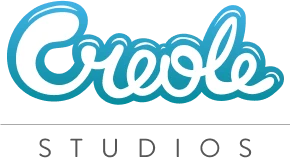

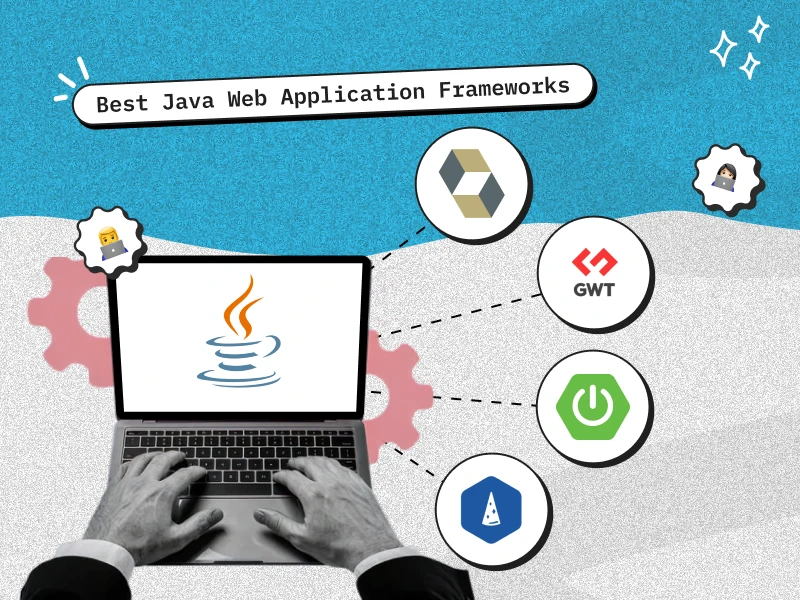






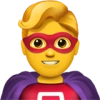

 30 mins free Consulting
30 mins free Consulting 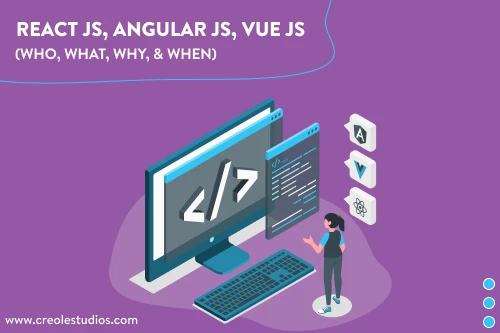
 10 min read
10 min read 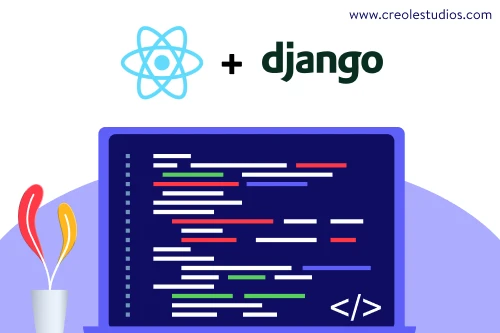
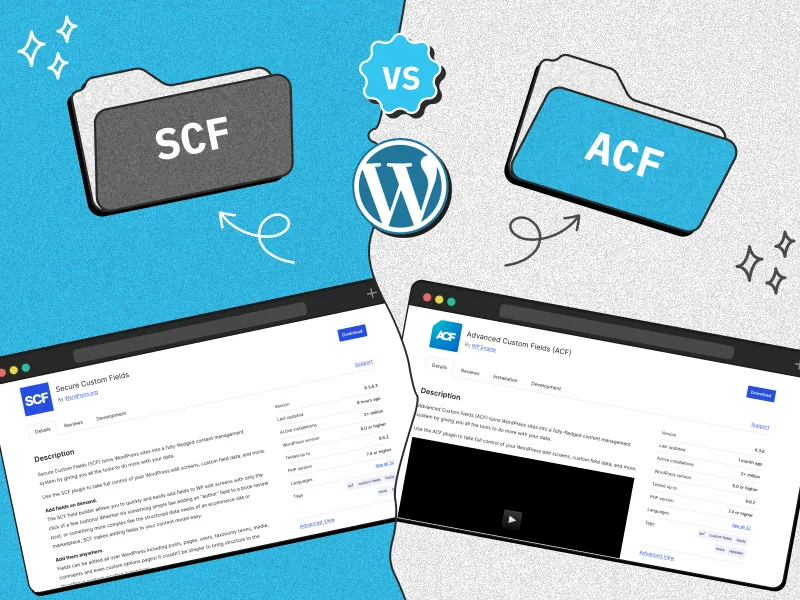
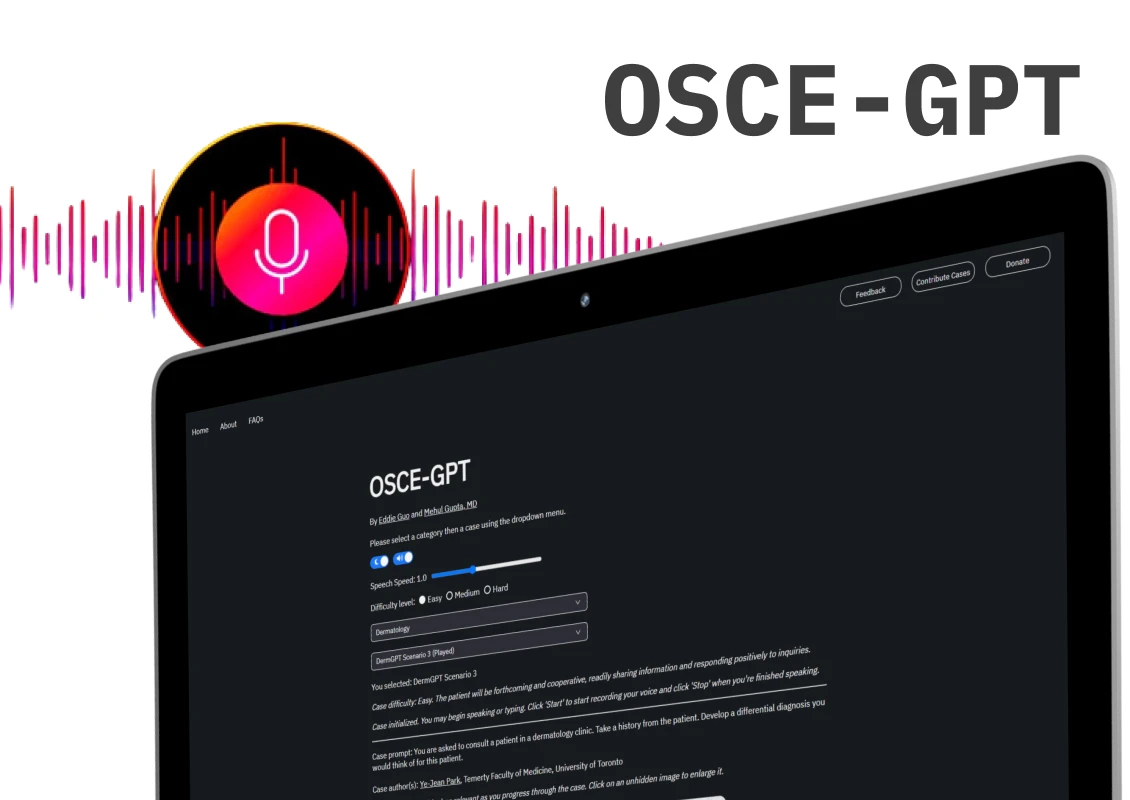
 Canada
Canada 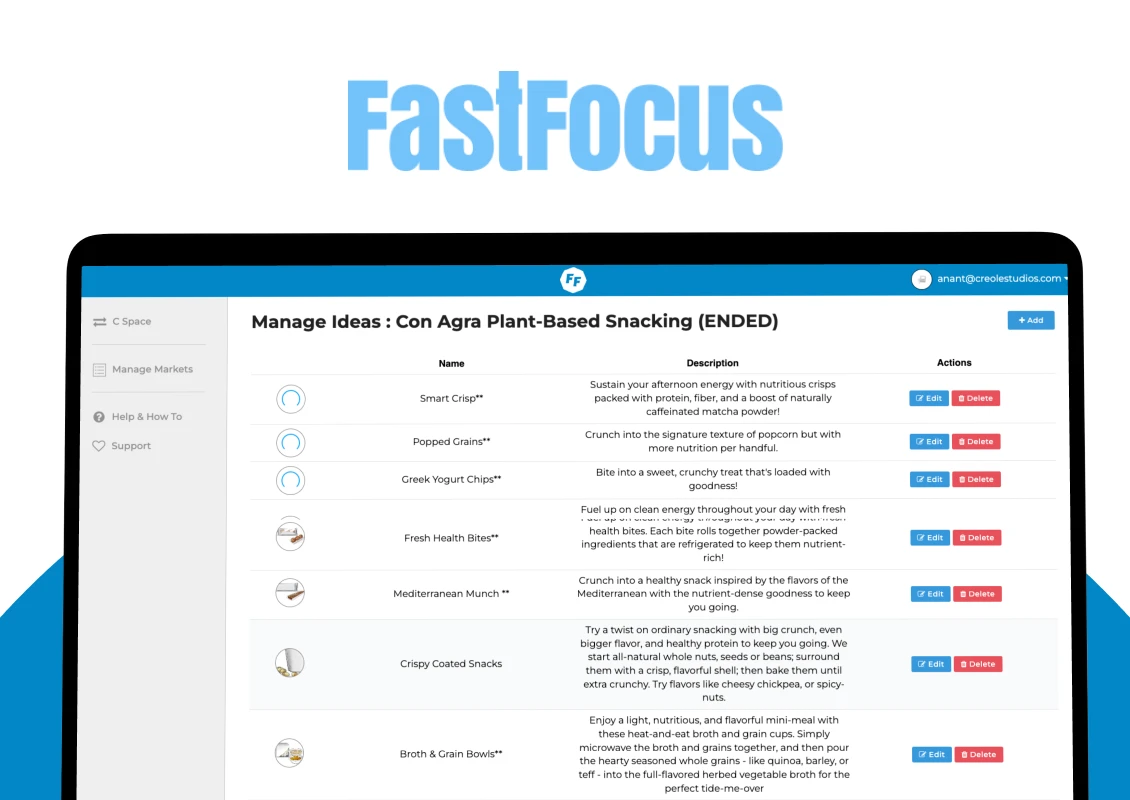
 USA
USA 






 Love we get from the world
Love we get from the world 